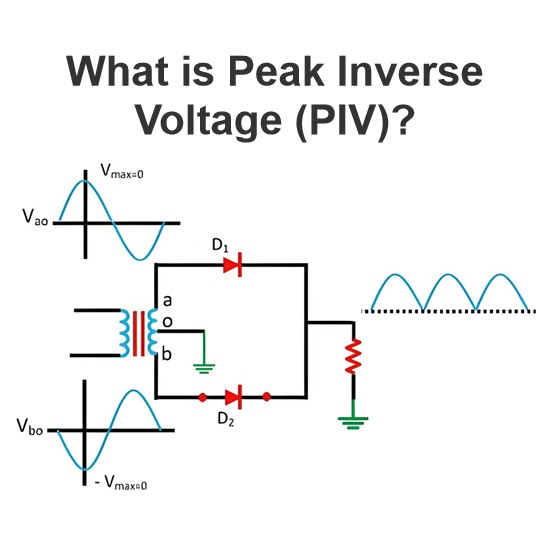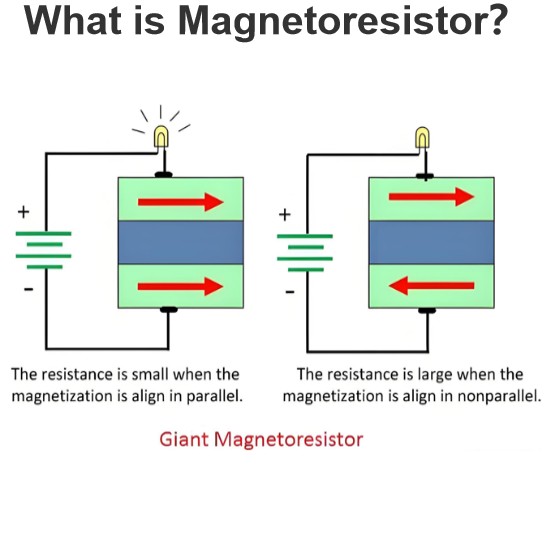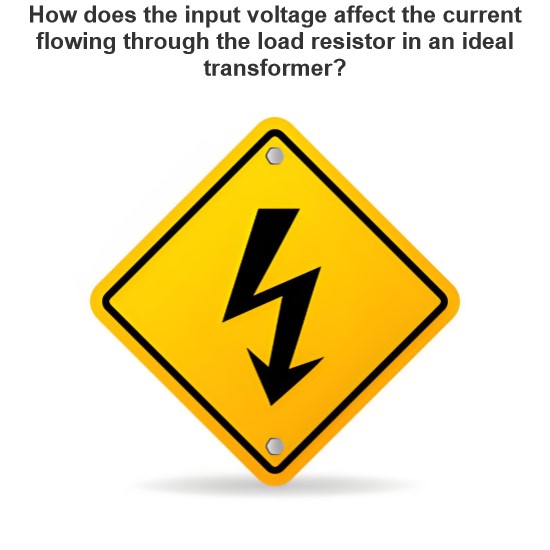The relationship between voltage and current when a capacitor is discharging
The relationship between voltage and current is closely related when a capacitor is discharging. The current in the discharge process of a capacitor is proportional to the rate of voltage change.
Specifically, when a capacitor is discharged, the voltage at both ends is directly related to the rate of change of the current, and the faster the voltage changes, the greater the current. This relationship can be described as follows: i(t)= dq/dt=C dU/dt.
Where i(t) is the current of the capacitor, Q is the amount of electricity stored by the capacitor, U is the voltage at both ends of the capacitor, C is the capacitance of the capacitor, and t is the time.
This equation shows that the magnitude of the current depends not only on the magnitude of the voltage, but also on the rate at which the voltage changes.
Characteristics of capacitor discharge process
In the process of capacitor discharge, the capacitor is discharged through the circuit, and the current flows from the positive plate of the capacitor to the negative plate through the circuit. As the charge in the capacitor decreases, the voltage gradually decreases and the current gradually decreases.
During the discharge process, the two electrodes of the capacitor accumulate more and more positive or negative charge respectively, the voltage gradually increases, and the voltage difference with the charging power supply decreases, so the current gradually decreases.
The charging and discharging process of a capacitor
The charging process of the capacitor is the process of charging the capacitor, and the two plates have the same amount of dissimilar charges after charging. Discharge is the process by which a charged capacitor loses its charge.
In the process of charging and discharging, the energy is transformed. When charging, the current flows from the positive electrode of the power supply to the positive plate, and the electric energy is converted into electric field energy. When discharging, the current flows from the positive plate to the positive electrode of the power supply, and the electric field energy is converted into other forms of energy.
Conclusion
To sum up, the relationship between voltage and current is closely related when the capacitor is discharging, and the change of voltage directly affects the size of the current.
In the discharge process, the current is proportional to the rate of change of the voltage, and the faster the voltage changes, the greater the current. At the same time, the process of discharge is accompanied by the conversion of energy, electrical energy into other forms of energy.
The Electricity Encyclopedia is dedicated to accelerating the dissemination and application of electricity knowledge and adding impetus to the development and innovation of the electricity industry.













